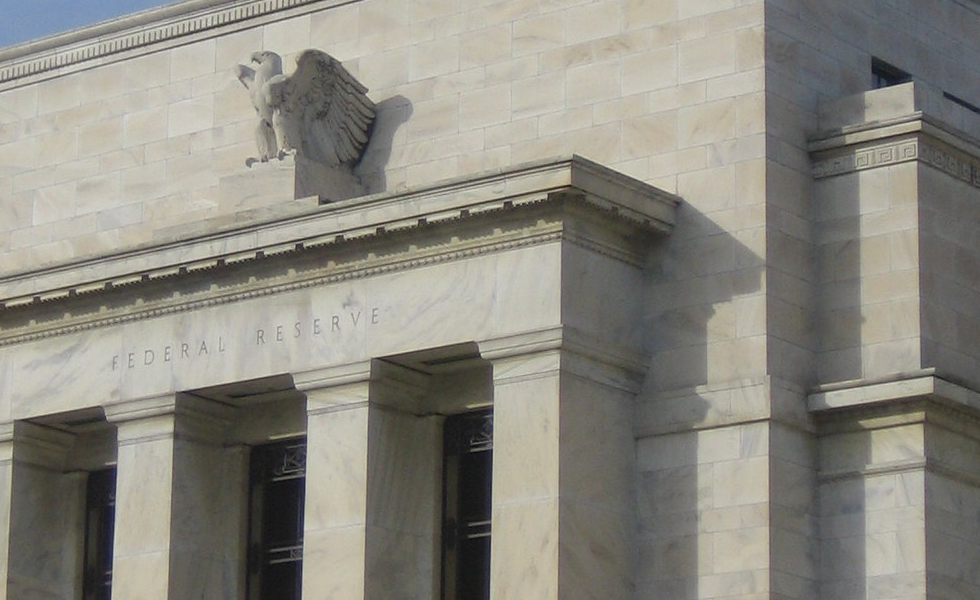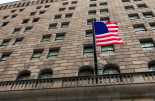BlackRock: Fed determined not to give up the fight on inflation too early
BlackRock: Fed determined not to give up the fight on inflation too early

Rick Rieder, BlackRock’s Chief Investment Officer of Global Fixed Income and Head of the BlackRock Global Allocation Investment Team, comments on the latest Fed Policy Statement.
'A friend who long ago used to fly fighter planes off of aircraft carriers once told me that it was easy to tell whether the pilot of your commercial jet was trained in the Navy or the Air Force: if your plane hit the tarmac hard when landing, it was almost certainly a Navy pilot. Of course, landing a plane at high speed on an ocean-based moving object isn’t a simple maneuver, so this is understandable. Aviation metaphors abound in monetary policy discussions too, and here it’s not so simple to determine what kind of a landing the economy will experience. For many months now Federal Reserve Chair Powell has described his ideal interaction between policy tightening and the economy as a “soft landing,” and we’ve been more sanguine than many that this result might still be possible. In our view, today’s widely anticipated 50 basis point (bps) policy rate hike, a moderation in pace from the recent series of 75 bps hikes, provides a positive signal from the FOMC that the Committee doesn’t want to overtighten and damage the economy excessively. Further, it also suggests to us that the central bank recognizes that the lagged effects of policy require some careful risk management on their part. Yet, today’s dot plot and set of economic projections shows a Fed that is clearly determined to err on the side of not giving up the fight on inflation too early.
The Fed’s policy statement was remarkably little changed today, but the announced policy rate hike brings the Fed funds rate range to 4.25%-4.5% to end the year. Additionally, the Fed’s Summary of Economic Projections (SEP) released today displayed a higher terminal policy rate relative to the September forecasts, which was unsurprising, since Chair Powell suggested that was likely at the November meeting press conference. At today’s press conference, the Chair reiterated that it was appropriate to moderate the pace of hikes, as policy rates approach sufficiently restrictive levels. However, he also made clear that the exact level and the length of time it will be necessary to hold rates at restrictive levels was highly uncertain, and will be dependent on the data. While data, including the recent CPI report, are clearly showing a drop in inflation that appears to be the beginning of a trend, the Fed would like to remain vigilant on seeing its objective of more normalized inflation fulfilled over the coming months.
The Fed’s rate hikes garner all of the attention in terms of the policy discussion, but we also think it’s vital to understand that a stealthy quantitative tightening (QT) has been underway for most of 2022, which has exacerbated the tightening of financial conditions more broadly. Indeed, while the proactive Fed balance sheet runoff has only been very modest thus far, this alone doesn’t accurately convey the impact we’re seeing. For instance, the draining of bank reserves this year (substantial at times) has held an eerie correlation with the underperformance of risk asset markets, so further reserve declines in the year ahead could present a headwind for financial conditions.
Additionally, while the markets (and, of course, the Fed) have made historic moves to reprice the terminal Fed funds rate higher all year, there are also meaningful policy rate cuts priced into the forward markets for 2023/2024 (see left-hand graph). To the extent that as we approach a roughly 5% terminal rate, markets recognize that the Fed will likely need to hold rates at restrictive levels for some time, these rate cuts could be priced out of markets, incrementally tightening conditions. Fascinatingly, when thinking about where the terminal rate might get to, the Fed funds rate has rarely exceeded the three-year average of personal income growth (see right-hand graph), since if the baseline cost of debt service exceeds income growth a contractionary force is applied to the economy. As such, we think the terminal Funds rate is likely to reside just over 5%, and it’s currently not our base case that the Fed will have to raise rates much higher than this, particularly with all the other forms of tightening we’ve described. Yet, the data over the coming months will have to corroborate for the Fed that this is in fact manifesting itself in the inflation data, as well as in the employment channel from here.
Of course, when describing the kind of landing the economy will experience as a result of this policy tightening cycle, so much will depend on the efficacy of policy to tame inflation and on the resilience of the labor markets. Fortunately, on the first point, we just saw the second consecutive month of more moderate price pressures, providing some signal that the underlying trend of inflation is decelerating. Obviously, we still have a long way to go before the Fed nears its policy goal on the inflation front, but we have increasing evidence that we’re at least heading in the right direction. On labor markets, the most recent report only displayed a very modest reduction in hiring trends from the extremely strong levels of the past couple of years and it continued to display stronger than anticipated wage growth. This gets us to the importance of policy’s long and variable lags, as the Fed will have to continue to raise the policy rate to terminal levels, and then pause there for an extended time. Whether this landing ends up feeling soft or hard is still uncertain, but moderating the pace of rate hikes today, alongside many other forms of tightening, does appear to be a sensible move toward risk management for the Fed.'







